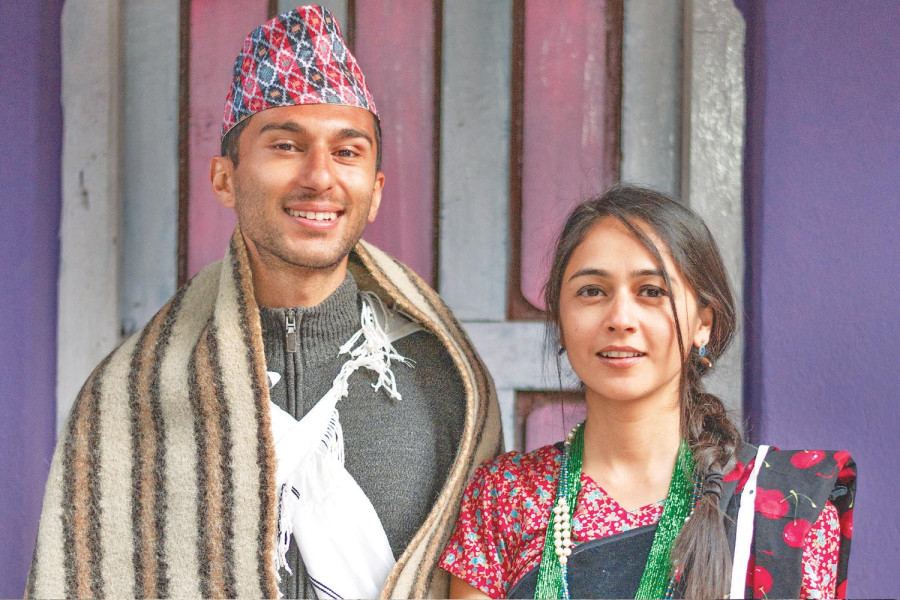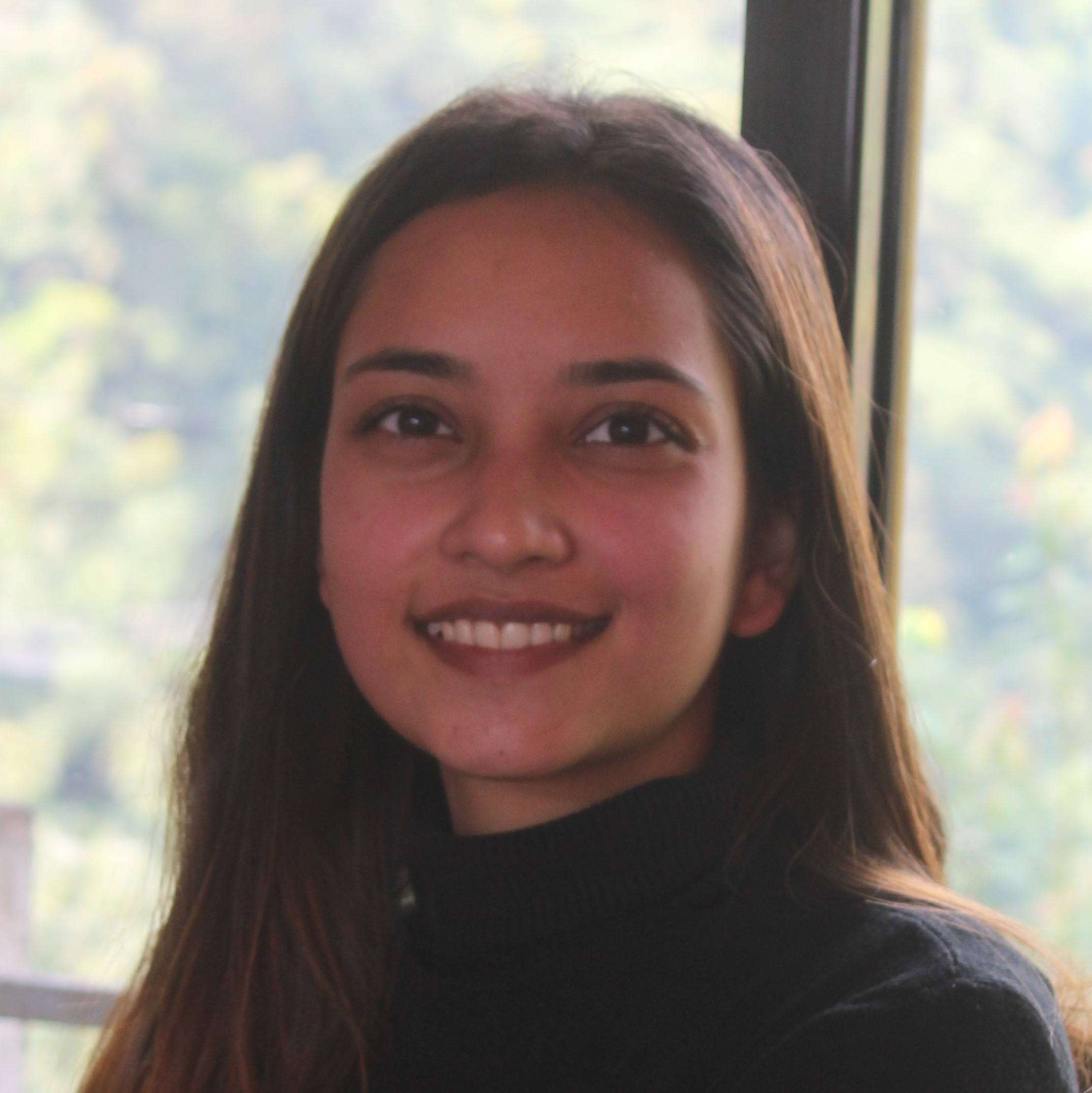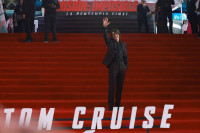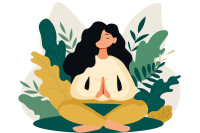Life & Style
The art of travelling
Youtube channel ‘TraverArt’ features beautiful landscapes of Nepal. Its creators Sarthak and Smriti give us a peek into their work behind the camera.
Isha Das
TRAVERART - Art of Travel is one of the best accidents that Sarthak Karki and his friend Smriti Subedi stumbled upon. The duo embarked on their journey on Youtube with only one thing in mind - sharing their moments of joy with others. Their Youtube channel has over 24 thousand followers and features many beautiful Nepali landscapes including Langtang, Gosaikunda, Manang, and Dolpa, among others. The channel got monetised in around four months, which helped the vloggers afford even international trips to Ladakh and Udaipur in India. In this interview with The Post, Karki and Subedi share how they began vlogging, their travel expenses and revenues, and what their journey looks like behind the scenes.
How did the Youtube channel begin? What’s the story behind it?
Sarthak: TraverArt is an accidental Youtube channel. It was never planned. Right after the 2020 Dashain, Smriti and I went on a trek to Gosaikunda and Langtang. We took a lot of photos and videos. After returning, I sprained my leg and had to rest for a bit. That was when I thought about compiling the trek videos. The edited piece turned out pretty good, and we uploaded it on Youtube.
Did you two always want to start a travel channel?
Sarthak: I have been freelancing and making videos for around eight years. I used to trek and travel a lot. It wasn't planned that I would make vlogs, but I ended up doing it.
I studied Environmental Studies in the US, specialising in wildlife management. During the second year of my bachelor, I went to East Africa to research as a part of my studies. That was when I bought my first camera and got into photography. It was 2012. Then I did a Master's in Sustainable Development because I wanted to study something relevant to photography and my interest. I finished it in 2018.
Smriti: I finished my master's in business in the US and returned to Nepal in 2019. I was trying a few things and figuring out what I wanted to do when I stumbled upon TraverArt.
How do you manage the travelling and vlogging costs?
Sarthak: When we were starting the channel, I used my savings to buy cameras, lenses, and other equipment. I had saved quite a bit from freelancing so, I could afford the high-tech equipment. A lot of people liked our videos from the beginning, and our channel got monetised in just about four months. Since then, the channel has been sustaining itself. We reinvest our revenue in the channel and upgrade our equipment.
In the beginning, we spent our own money to travel. After around three trips, we started getting sponsors. Sometimes, we approach organisations, and sometimes they do. Our first sponsor was Hyundai, and we went on a 700km road trip through Pokhara, Bandipur, and Chitwan for that video. We have worked with Community Homestay and Royal Mountain Travel too.
How do you decide your next destination?
Sarthak: We usually just pick places we find interesting and want to go—a place or culture we are interested in exploring. There are no hard and fast rules for this but we make sure that our destination is a place that is not explored much. Last time we went to Ladakh, which turned out to be a good idea in terms of business. Overall, it is a balance between where we want to go and what is good for our channel.
Which is one of your most adventurous trips?
Smriti: It should be the time we went to Dolpa. We had planned to visit Lukla and were at the airport waiting for our flight only to get the news that there won't be any flights for the next two days. We didn't want to go back home from the airport. So we went to the counter and asked if any flight was going anywhere. It was Dolpa. The lady at the counter asks, “You know that Dolpa is west, right? Your ticket was to Lukla, which is in the east. Are you sure you want to go to Dolpa?” She was so shocked. We just wanted a ticket to wherever it was. We ran inside the aircraft at the last moment and flew to Dolpa. That was one of the most adventurous trips for us. I think the Dolpa vlog will be our first video to hit a million views.
What were some of the preconceived notions you had about travel vlogging?
Sarthak: We had a terabyte of photos and videos from the Dolpa trip. It took me around nine days to go through them, select, edit, and finish the compilation. People think vlogging is easy—all you have to do is travel around and click photos. But they do not know the effort needed to carry the heavy equipment and baggage, stop often to shoot—even when you’re completely exhausted climbing up and down the trail.
Smriti: We knew starting a Youtube channel was not an easy thing to do and it really is not. But we love what we do so we are enjoying it.
What do you do on the days you are not travelling?
Sarthak: I edit our travel videos. Other than that, I freelance and read books, mostly non-fiction.
Smriti: I co-own Perks and Pines, a Nepali handicraft business. So, I’m busy managing that.
What do you think about Nepal’s travel vlogging scene?
Sarthak: I don't know much about Nepal’s vlogs. I haven't really watched other creators’ videos. My only concern right now is to improve the videos that I share on Youtube.
I would encourage everyone who is looking to start vlogging their travels (in Nepal) to go ahead and actually do it. We a a lot of history, culture and landscapes that is not explored or covered much. So, documenting these would be great—for your channel and for the sake of documenting our country’s history and culture.
Your presentation is entirely in English. Is that a conscious decision, and if so, why? Is your target audience foreigners who would want to come to Nepal?
Sarthak: Yes. We are more comfortable with English. Since we have spent years living in the US, English comes naturally to us. Also, we want everyone to watch and understand our video, including people from other countries. We don't want to limit our viewers to only Nepal. People around the globe should know that there is a country called Nepal that is worth a visit. Recently, we have started travelling internationally as we believe the Earth is a common village that needs to be explored and enjoyed by everyone. The man made borders between nations should not limit our exploration.
Smriti: We do have a video in Nepali called ‘Why You Must Travel to Dona Lake (Tal) in Manang’. We made it in Nepali because we spent our time in Manang with a family and got so much love from the people there. An aama asked us to stay a few more days saying shee would even give us warm clothes that we could wear if we stayed there longer. It was a very heartwarming experience so we wanted the people of Manang to see this video and understand what we were showing and saying about the place and its people.
One of our goals in making these videos is to put Nepali travel filmmaking on the global stage. And also to inspire younger aspiring photographers and videographers, especially in Nepal, and to show them that it is possible to build a career as a travel filmmaker.




 17.12°C Kathmandu
17.12°C Kathmandu








%20(1).jpg&w=300&height=200)

